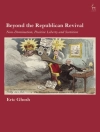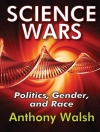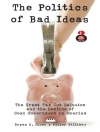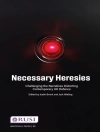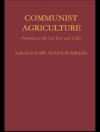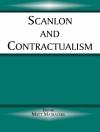Looking at the crossroads between heritage and religion through the case study of Moravian Christiansfeld, designated as a UNESCO World Heritage site in July 2015, this anthology reaches back to the eighteenth century when the church settlement was founded, examines its legacy within Danish culture and modern society, and brings this history into the present and the ongoing heritagization processes. Finally, it explores the consequences of the listing for the everyday life in Christiansfeld and discusses the possible and sustainable futures of a religious community in a World Heritage Site.
Table des matières
List of Illustrations
Acknowledgements
Introduction
Tine Reeh, Tine Damsholt, Christina Petterson and Marie Riegels Melchior
Chapter 1. How a “Hyggeligt” Home Became Cultural Heritage: on the Church Historiography of Moravian Christiansfeld
Tine Reeh
Chapter 2. “We Held a Quite Blessed Communion, the Lamb Was Unusually Close to Me.” Individual and Community in the Moravian Society in Eighteenth-Century Copenhagen
Sigrid Nielsby Christensen
Chapter 3. ‘The First Sparks of Self-Knowledge’ – Moravian Everyday Practices and the Shaping of Emotional and Civic Selves
Tine Damsholt
Chapter 4. An Extended Weekend Excursion to Christiansfeld in 1796: Musical Practice and Aesthetics in a Late Eighteenth-Century Moravian Community.
Peter Hauge
Chapter 5. The Moravian Church in Christiansfeld Past and Present from the Perspective of the Sociology of Religion.
Margit Warburg
Chapter 6. Living with World Heritage: Authority and Knowledge in Contemporary Moravian Christiansfeld.
Rasmus Rask Poulsen
Chapter 7. Being and Becoming World Heritage: Exploring the Materialization of the Deliciously Sweet Christiansfeld Honey Cake.
Marie Riegels Melchior
Chapter 8. The Moravian Lebenslauf: Tradition and Sustainability.
Jill E. S. Vogt
Chapter 9. Tangible and Intangible Heritage: Impacts on the Moravian Church Caused by the World Heritage Inscription of Christiansfeld
Jørgen Bøytler
Chapter 10. The Community Archive in Christiansfeld between Local and Global
Christina Petterson
Chapter 11. Digital Humanities and Cultural Heritage: Updating the 18th Century
Katherine M. Faull
Concluding Remarks and Perspectives
Tine Damsholt, Tine Reeh, Marie Riegels Melchior, and Christina Petterson
Index
A propos de l’auteur
TINE REEH is Associate Professor in Church History at the University of Copenhagen.




